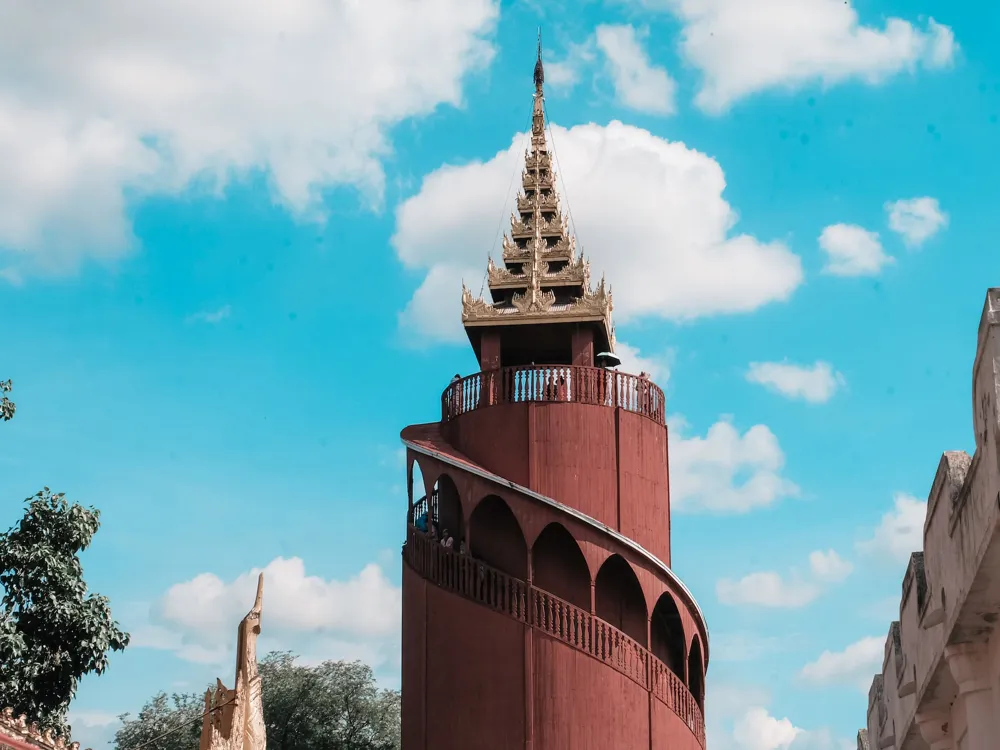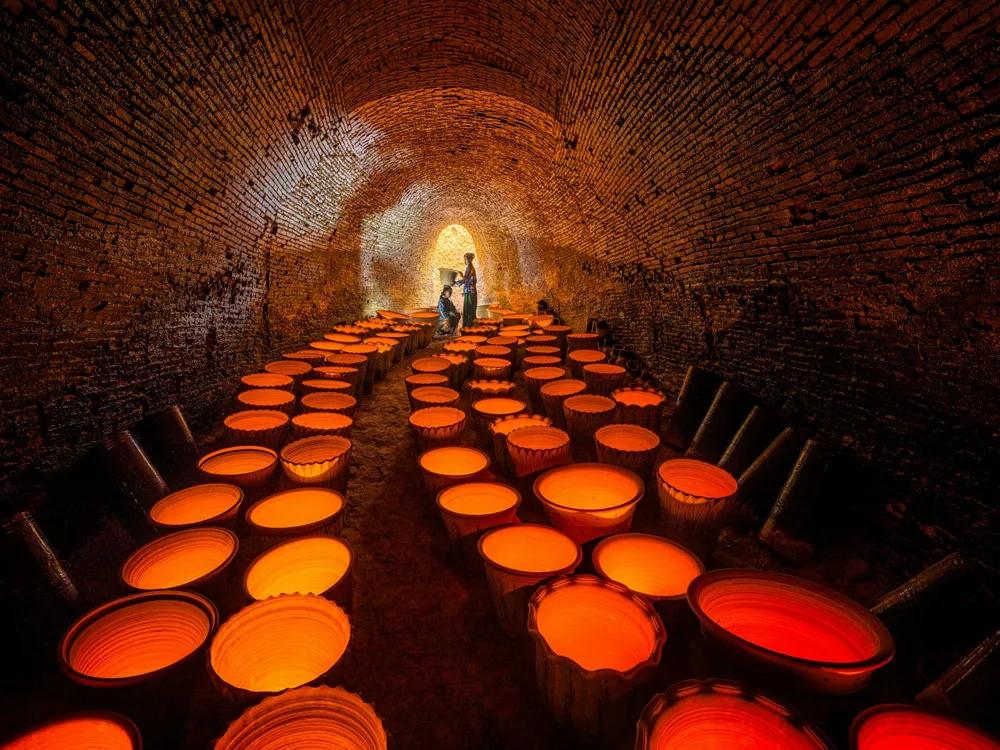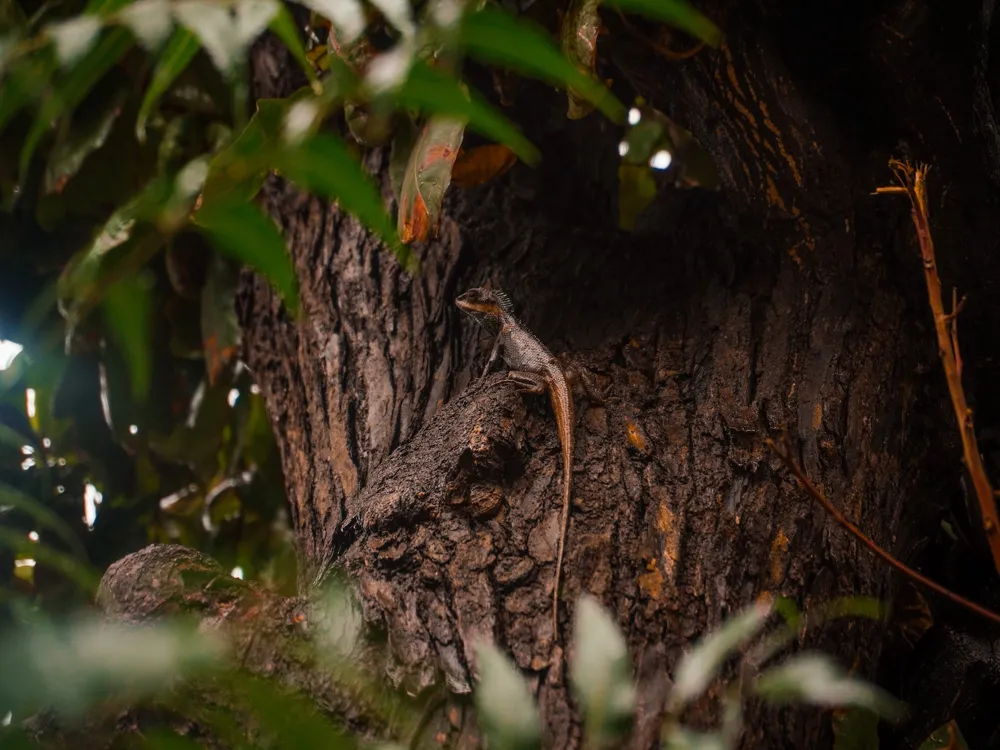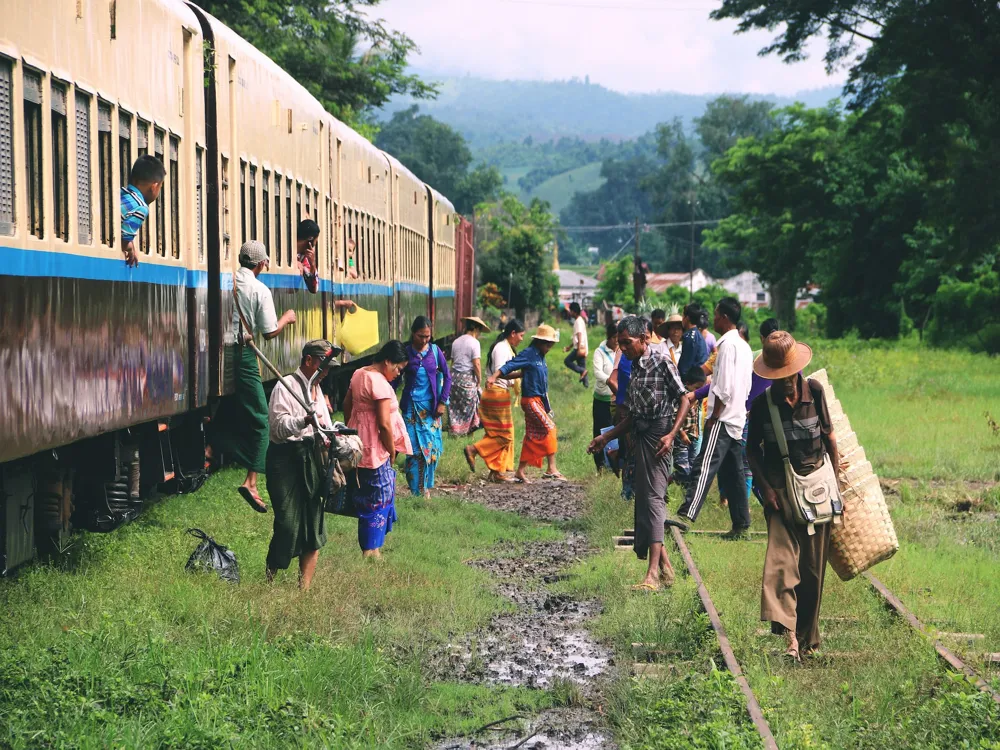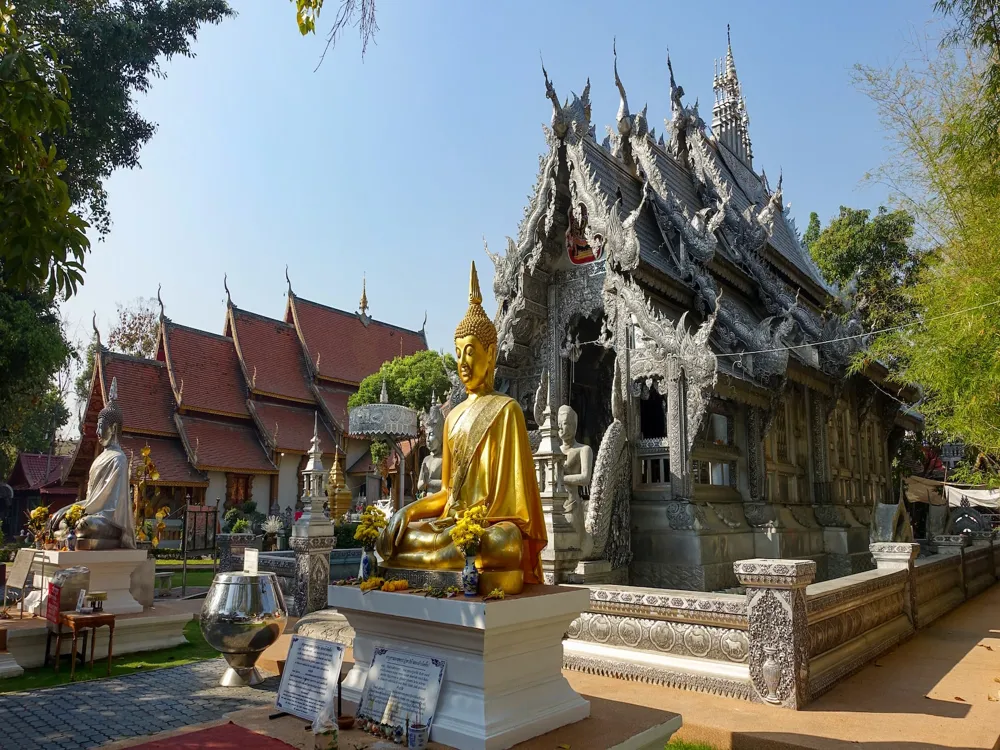The Bagan House Lacquerware Workshop, nestled in the heart of Myanmar's ancient city of Bagan, is a hub of cultural and artistic significance. This workshop is not just a place where lacquerware is made; it's a living museum that embodies the essence of Myanmar's artistic heritage. Lacquerware, a craft that has been perfected over centuries, involves the intricate process of coating bamboo or wood with several layers of lacquer sap. The sap, derived from the Thitsi tree, is known for its durability and glossy finish. As visitors enter the workshop, they're greeted with a symphony of artisans meticulously shaping, painting, and polishing various objects, ranging from traditional bowls to contemporary decorative items. Each piece reflects the dedication and skill of the craftsmen, who often spend months, or even years, perfecting a single item. The process of lacquerware making is elaborate and requires patience, as each layer of sap needs to be applied and cured before the next one can be added. This time-intensive process results in a product that is not only beautiful but also rich in history and tradition. Bagan House Lacquerware Workshop is more than just a manufacturing site; it's a cultural sanctuary where ancient techniques are preserved and passed down through generations. The workshop plays a pivotal role in sustaining the local economy and keeping the traditional crafts alive. It's a place where visitors can immerse themselves in the history and artistry of Myanmar, making it a must-visit destination for those seeking to experience the essence of Burmese craftsmanship. The architecture of the Bagan House Lacquerware Workshop is a testament to the harmonious blend of tradition and functionality. The structure, predominantly made of local materials such as teak and bamboo, reflects the traditional Burmese architectural style. The workshop's design is thoughtfully crafted to accommodate the unique requirements of lacquerware production while also providing a welcoming atmosphere for visitors. The most striking feature of the building is its expansive, open-air workspace, designed to facilitate natural ventilation and lighting—essential elements in the lacquerware drying process. The roof, supported by sturdy teak beams, is layered with palm leaves, a traditional roofing material that ensures a cool interior even during the hot summers. The use of natural materials not only adds an authentic charm to the workshop but also demonstrates a commitment to sustainability and environmental harmony. The workshop is organized in a way that allows visitors to witness the entire lacquerware-making process. From the initial shaping of bamboo to the final embellishments, each step is carried out in designated areas. This thoughtful layout not only streamlines the production process but also enhances the educational experience for visitors. The integration of traditional design with practical functionality makes the Bagan House Lacquerware Workshop an architectural marvel, embodying the spirit of Myanmar's rich heritage. Check the workshop's opening hours and try to arrive early to avoid crowds. This allows for a more intimate experience and the opportunity to interact with the artisans. Wear comfortable and respectful clothing. As Bagan is a religious and cultural center, modest attire is recommended. Ask for permission before taking photos of the artisans at work. While photography is generally allowed, it's important to respect the privacy and concentration of the craftsmen. Feel free to ask questions and learn from the artisans. They are often happy to share their knowledge and experiences, providing deeper insights into their craft. Support the local community by purchasing lacquerware items. These unique pieces make meaningful souvenirs or gifts, directly contributing to the livelihood of the artisans. Bagan House Lacquerware Workshop is accessible via several modes of transportation. Visitors can reach Bagan by air, with the nearest airport being Nyaung U Airport, located approximately 4 kilometers from the city center. From the airport, taxis and local buses are available to take you directly to the workshop. For those preferring a more scenic route, a river cruise along the Irrawaddy River offers a picturesque journey to Bagan, followed by a short taxi ride to the workshop. Additionally, renting a bicycle or e-bike is a popular option for getting around Bagan, offering the flexibility to explore at one's own pace. Read More:Overview of Bagan House Lacquerware Workshop
The architecture of Bagan House Lacquerware Workshop
Tips When Visiting Bagan House Lacquerware Workshop
Plan Your Visit
Dress Appropriately
Photography Etiquette
Engage with Artisans
Purchase Souvenirs
How To Reach Bagan House Lacquerware Workshop
Bagan House Lacquerware Workshop
Bagan
NaN onwards
View bagan Packages
Weather :
Tags : Local Experience
Opening hours : 9:00 AM - 5:00 PM
Planning a Trip? Ask Your Question
Bagan Travel Packages
View All Packages For Bagan
Top Hotel Collections for Bagan

Private Pool

Luxury Hotels

5-Star Hotels

Pet Friendly
Top Hotels Near Bagan
Other Top Ranking Places In Bagan
View All Places To Visit In bagan
View bagan Packages
Weather :
Tags : Local Experience
Opening hours : 9:00 AM - 5:00 PM
Planning a Trip? Ask Your Question
Bagan Travel Packages
View All Packages For Bagan
Top Hotel Collections for Bagan

Private Pool

Luxury Hotels

5-Star Hotels

Pet Friendly













